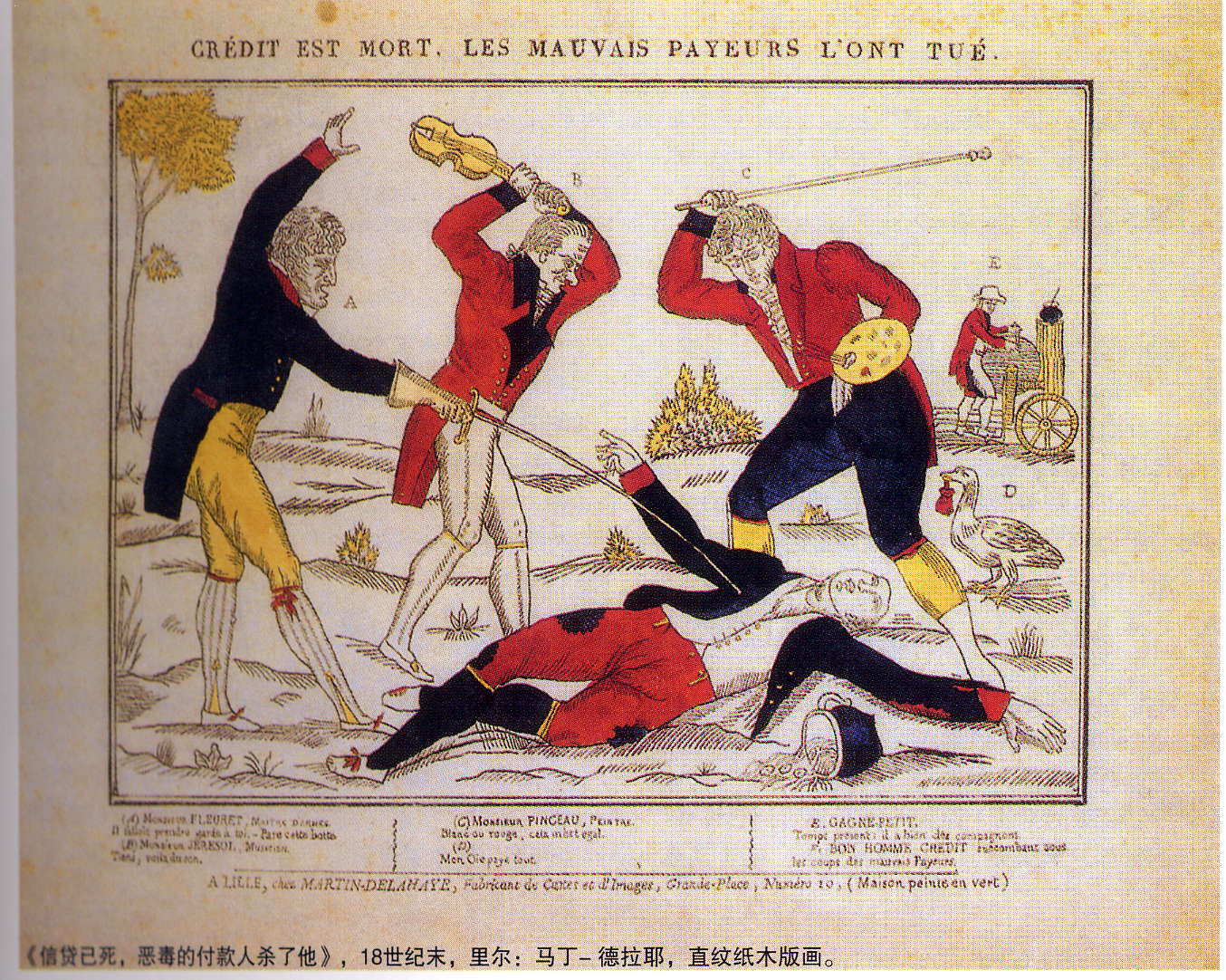Chinese and French Popular Prints Shining Together
Updated: 2007-07-31 16:42

In France, printmaking appeared in the 14th century, focusing mainly on religion and decoration. Popular printmaking in the 15th century was intended to educate the illiterate rural population. The print works in Epinal recorded the folk customs, religion, history and even the popular novels at that time. Then blank pictures were changed into more complicated ones combined with words, decorations and lyrics.
Wang Shucun, born in Tianjin in 1923 and Henri George, born in France in 1924, started to collect and study printmaking almost at the same time in two different countries. For these two collectors, the childhood years they spent in Yangliuqing and Epinal respectively are closely related to their interests in popular printmaking.
Printmaking in Epinal originated in the 17th century. In 1938, the first
Popular Printmaking Festival was held there and what impressed Henri George most
was the paper-made soldiers, bombardiers, infantrymen and hussars, equal to the
size of the real people. However, a real war, WWII broke out in 1939, and George
was forced to go to Paris. After that, he began to study and collect popular
French print works, even when printmaking gradually lost its popularity to
newspapers, picture albums and cartoons. The collectable print works were only
seen in special stores and at public auctions.
Yangliuqing, formerly known
as Liukou, means the port for willow trees. It is celebrated for a group of
artists seeking refuge there in Northern Song Dynasty (960-1127). Like Epinal,
the printmaking industry in Yangliuqing originated in the 17th century. Wang
Shucun, who lived in Tianjin in his childhood, spent many happy hours in
Yangliuqing. People went there to watch the traditional operas and buy nianhua.
 | 1 | 2 | 3 |  |

